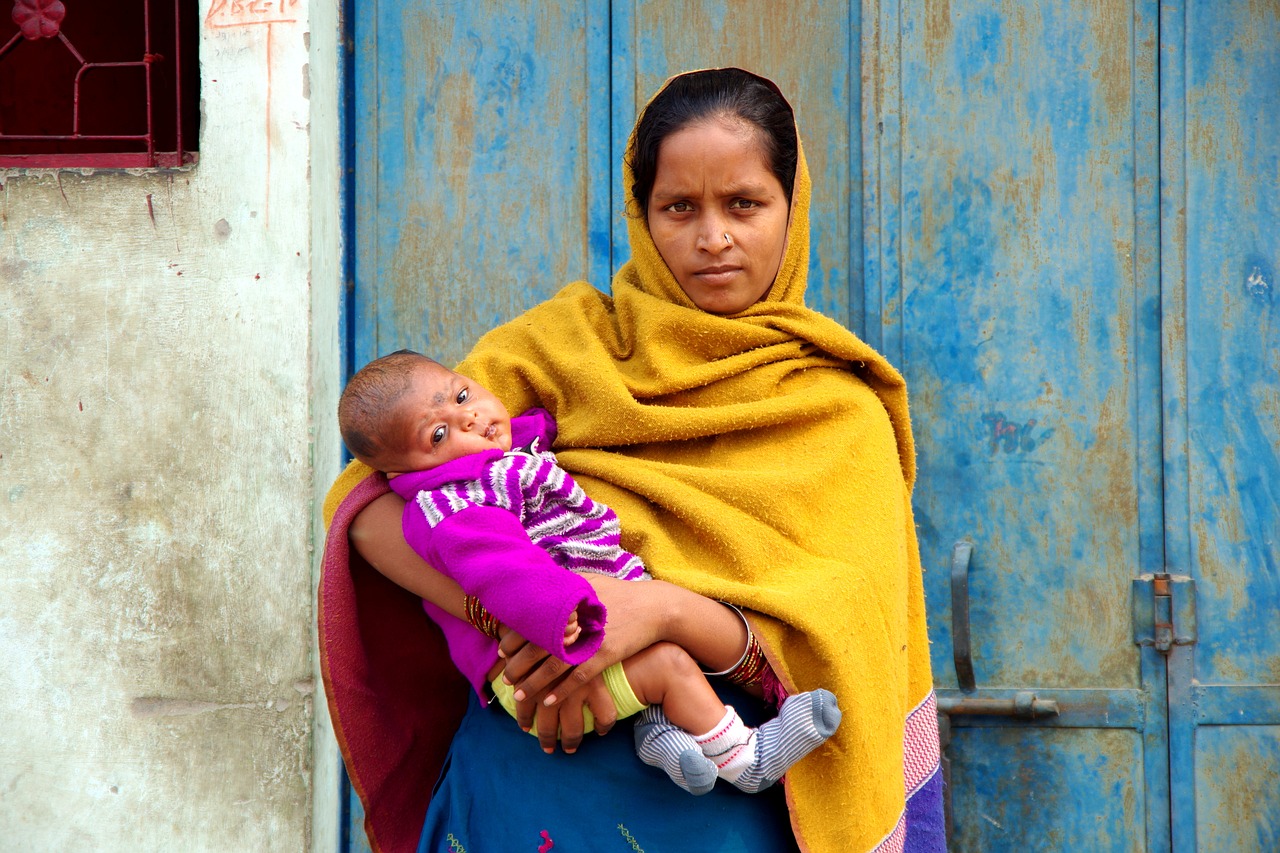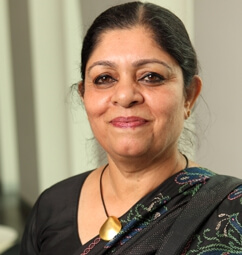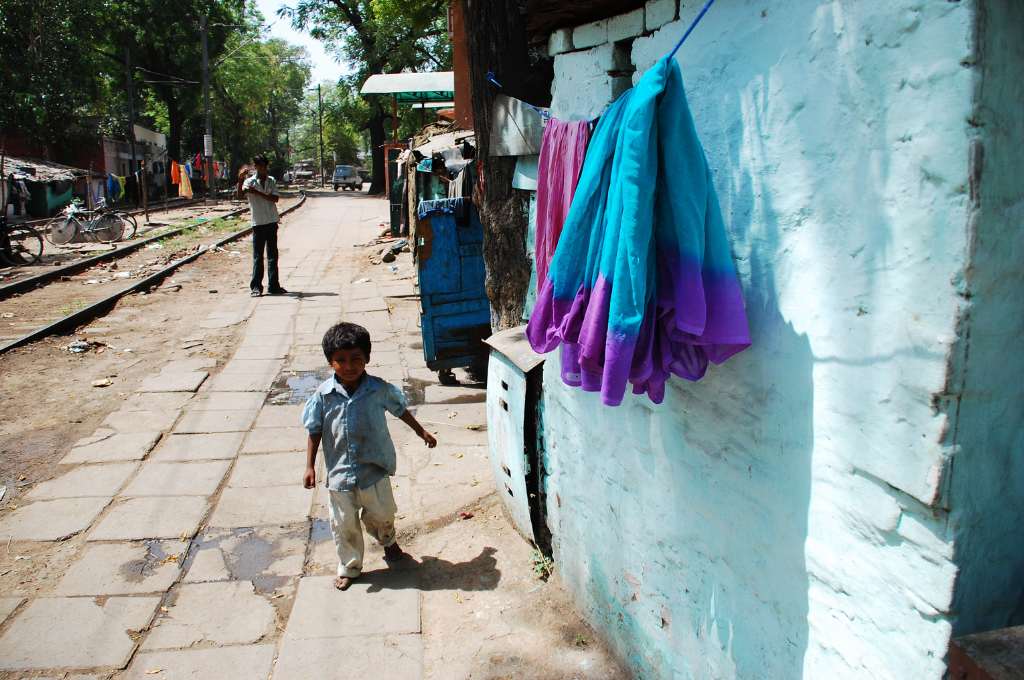In 1995, a woman from a backward community in Rajasthan was elected pradhan of her village panchayat. Three years earlier, the state had introduced a two-child policy, prohibiting people with more than two children from becoming elected representatives. But after she took office, the woman gave birth of her third child, a son that her husband wanted, notes IAS officer Nirmala Buch in a paper in the Economic and Political Weekly. As a consequence, the woman had to suppress the existence of the newborn to avoid disqualification. She could not feed her baby openly or take him to meetings. She subsequently underwent three abortions, said Buch, until she was finally disqualified.
Related article: India’s population explosion narrative is misleading
Buch’s study carried out in five Indian states to consider the impact of a two-child norm on the democratic and reproductive rights of individuals, especially women, showed that punitive laws resulted in increased sex-selective and unsafe abortions; men deserted or divorced their wives, and families gave up children for adoption to avoid disqualification.
On the other hand, those with money or influence could circumvent the laws and continue in their positions despite violating the norm. The study also found that in many instances, when faced with the choice between a leadership position and having a child, especially a male child, people chose to extend their families.
Of those surveyed who faced disqualification, women comprised 41%—though their overall representation in panchayats is a little over one-third. Socially backward classes formed 80% of the people disqualified. About half were from lower income brackets.
Teenage pregnancies
In India, family planning, as any other development indicator, is inextricably linked with socio-economic and gender dynamics. Regressive social norms continue to undermine the position of girls and women in many parts of India. Girls are forced into early marriage as they are considered a financial burden, or a cause for dishonour to the family if they experience sexual violence.
Adolescent girls face social pressure to prove their fertility and are bypassed by health workers who believe they don’t need family planning.
According to the 2015-’16 National Family Health Survey, 8.6 million girls in the age group of 15-19 years are married before 18 years, and more than half of them (4.5 million) have become mothers during adolescence. Ten million adolescent girls who wish to avoid pregnancy are not able to access contraceptives. They face social pressure to prove their fertility and are bypassed by health workers who believe they don’t need family planning.
As adolescents become mothers at an early age, it compromises their health, ability to pursue education or become economically self-reliant. Teenage pregnancies have lifelong impact, with undernourished girls growing up to become undernourished women, who then give birth to undernourished children.

Family planning, as any other development indicator, is inextricably linked with socio-economic and gender dynamics | Picture courtesy: Unsplash
Preference for sons
The Economic Survey of 2018 mentions that “son meta preference”—the desire to have a male child—has resulted in 21 million “unwanted girls” in India. In such a situation, enforcing a coercive population control policy will place a double burden on women. National Family Health Survey data shows that less than half of married women between the ages of 15 and 49, or their partners, use any modern method of contraception. Thirteen percent of currently married women in this age group who wish to delay or avoid pregnancies are unable to access contraceptives.
Enforcing a coercive population control policy will place a double burden on women.
This group consists of approximately 30 million Indian women who are at risk of poor health, disability or morbidity due to pregnancy and childbirth. The gap between actual and wanted fertility is nearly one child for women in the lowest wealth quintile, while it is just 0.1 children for women in the highest quintile.
Related article: India’s poorest women benefit less from public health services
The supply of family planning services can match demand only if the government increases its investments in family planning, which has been just 4% of the National Health Mission Budget until 2016-’17. As per the 2011 census, about 30% of India’s population constitutes of young people between 10-24 years, who already are or will soon be in the reproductive age group. They need to be well informed on sexual and reproductive health and provided access to quality family planning services, especially contraceptive methods for delaying and spacing pregnancies.
Long-acting contraceptive methods such as IUCD (Intra-Uterine Contraceptive Devices), injectables and implants give women the means to exercise their reproductive rights, and thereby have control over their health and life. Unfortunately, budgetary allocations and spending on family planning continue to be skewed towards sterilisation, which is a permanent method of contraception appropriate for couples who have completed their families.
Men’s participation
We are in dire need to increase men’s involvement in family planning. Women continue to bear the burden of family planning in India, with female sterilisation constituting 75% of modern contraceptive methods used. The share of condoms is approximately 12% and male sterilisation 0.6%.
Prevailing myths and social norms pose a huge barrier to men sharing the responsibility for planned families.
When women lack control over their own fertility decisions, they become collateral damage in the event of a coercive population policy.
National Family Health Survey data shows that investing in the education of girls has led to a reduction in fertility rates. Women who have no schooling had the highest Total Fertility Rate of 3.06, while women with 12 or more years of education reported a fertility rate of 1.71. The Total Fertility Rate refers to the estimated number of children per woman over the reproductive lifespan.
Related article: The problem with the National Family Health Survey (NFHS)
Child marriage and teenage pregnancy have reduced by half from 1992-’93 to 2015-’16, contributing to the drop in fertility rate. Many states in India, including Kerala, Tamil Nadu and Andhra Pradesh, have reduced fertility rates by investing in education and quality health care. In neighbouring Sri Lanka, fertility rates have dropped as the age at marriage of girls has risen. Indonesia and Bangladesh have invested in providing women access to long-acting contraceptive methods such as injectables.
As reflected in the study by Nirmala Buch, and from numerous examples from India and beyond, when women lack control over their own fertility decisions, they become collateral damage in the event of a coercive population policy. That is a very heavy price to pay, especially with our adverse sex ratio. It is noteworthy for those pointing to China’s one-child policy as a success story that the policy was abandoned after a population crisis with a worsening sex ratio and deepened societal fault lines.
Rather than enforcing punitive policies, we need empowering actions that give girls and women the ability to exercise their rights—as Prime Minister Narendra Modi aims to do through the “Beti Bachao, Beti Padhao” campaign. We hope that Modi’s reference to a “population explosion” in his 2019 Independence Day speech will lead to higher public investments, more appropriate spending and increased focus on the requirements of young people, so that every couple is able to plan their families as per their desire and needs.
This article was originally published on Scroll.in




